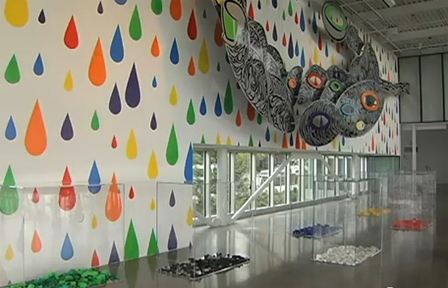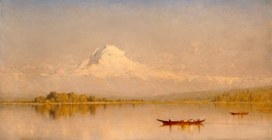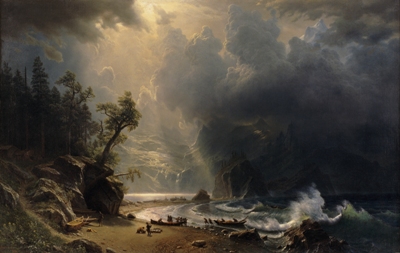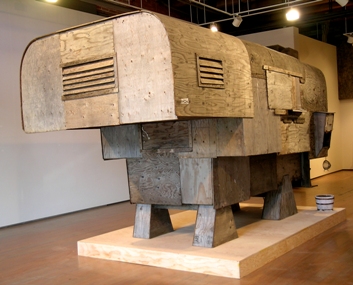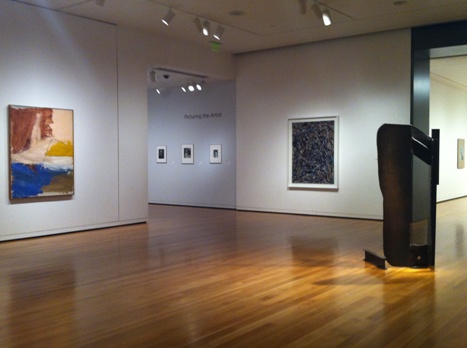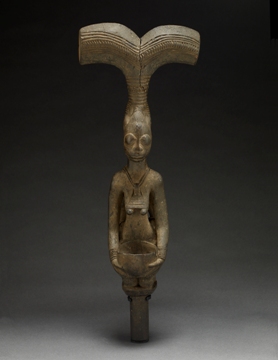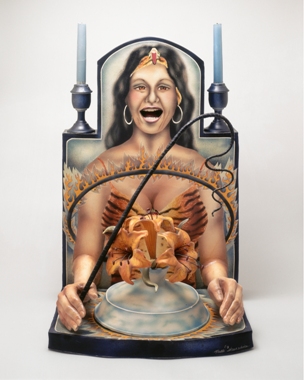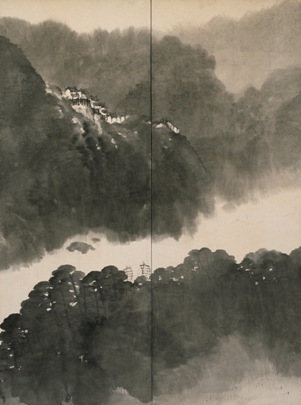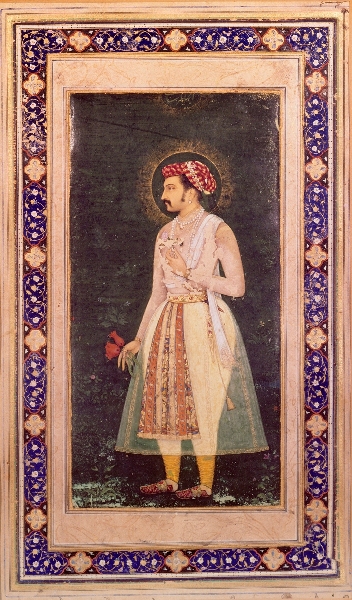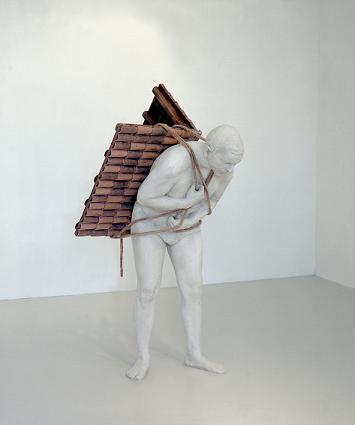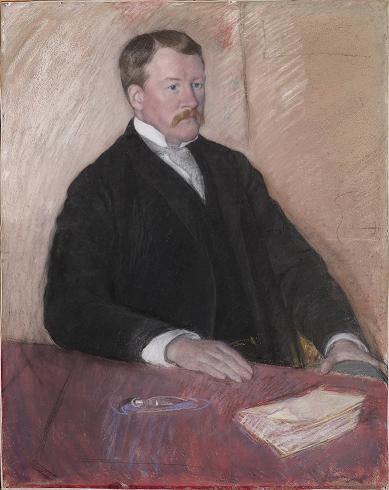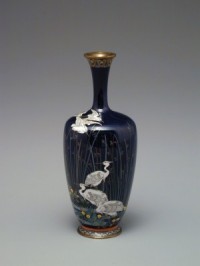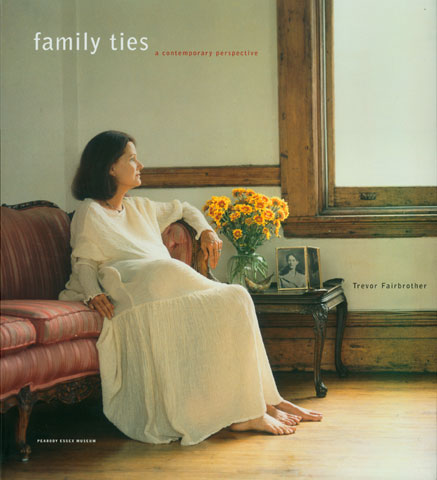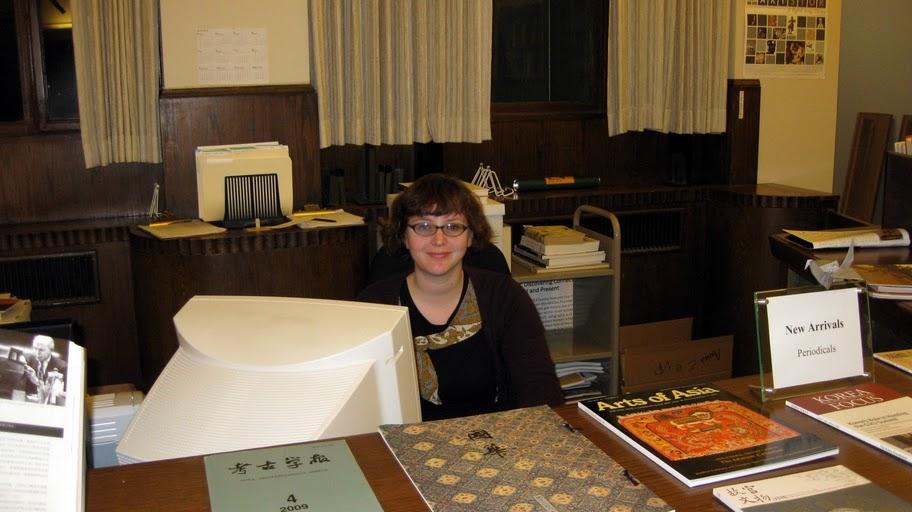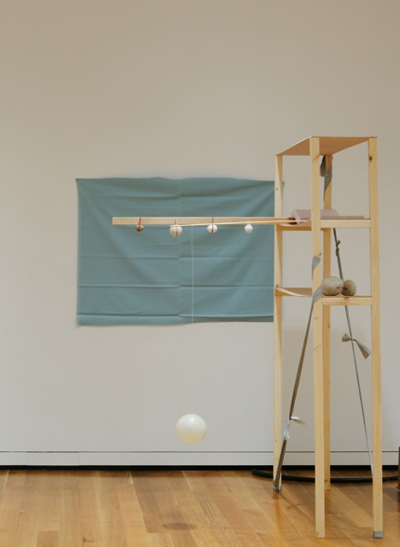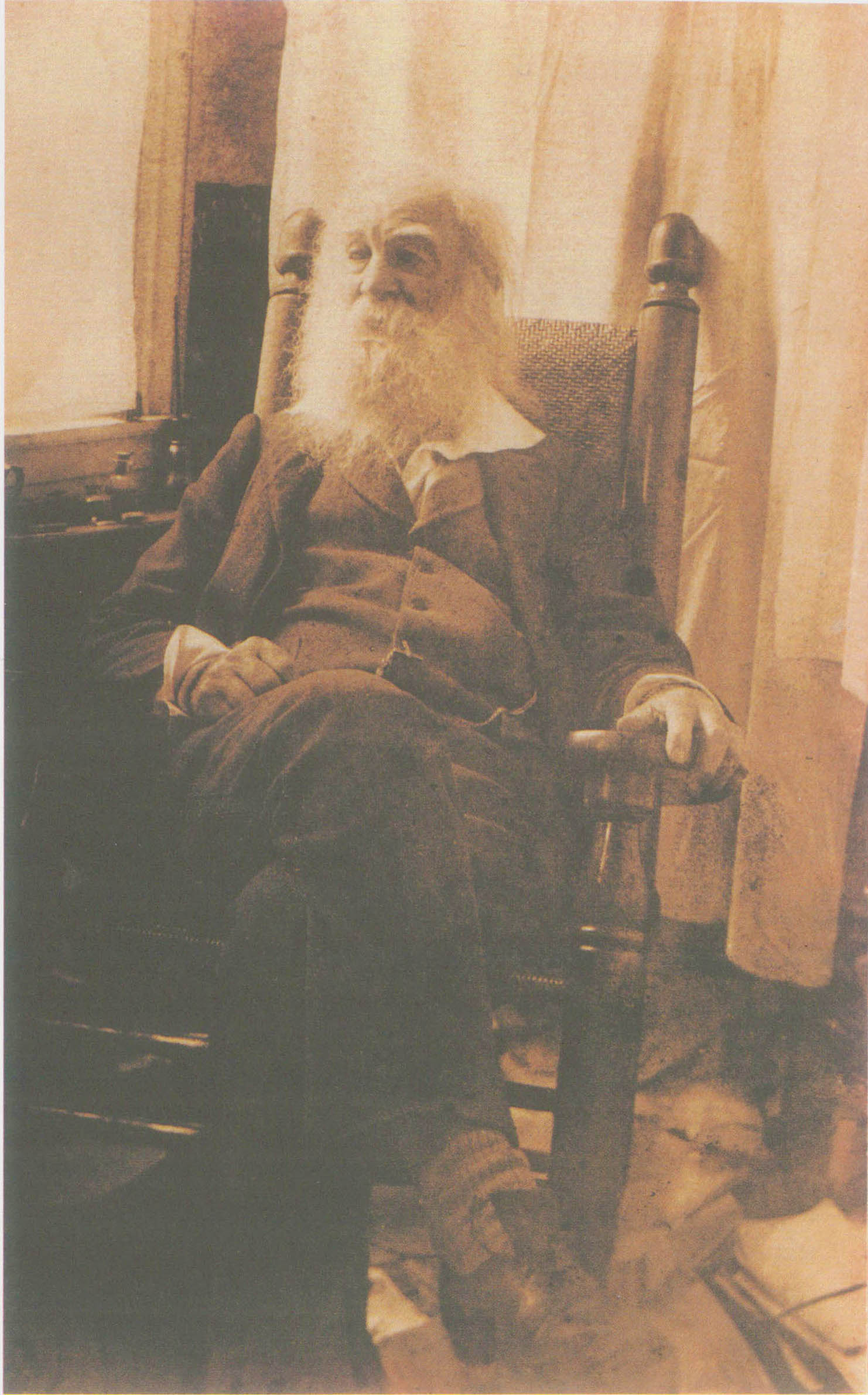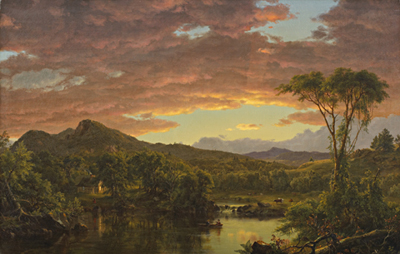A Call to Color
If you haven’t been to the Olympic Sculpture Park lately, you should go. Not only is it summer in the park but Trenton Doyle Hancock’s, A Better Promise—an art installation in the PACCAR Pavilion—is especially mesmerizing and animated when the bright sunshine manages to peek out of the clouds and shine into the pavilion. Ironically, this is partly because of its numerous colorful raindrops but partly it’s because of the giant vitrines full of plastic lids that sit below the installation.
As part of the work, Hancock issues a “call to color” by encouraging visitors to bring their own morsels of color—in the form of plastic bottle caps—to the park and drop them into the work of art. Nine large-scale “earthbound” vitrines have been placed on the floor in front of the hand sculpture. On the face of each of these nine containers, there is a teardrop cut-out where plastic bottle caps can be deposited by color. Visitors are encouraged to bring plastic bottle caps ranging in all shapes and sizes from detergent bottles, to clear water bottles to the black and white caps from drink bottles.
